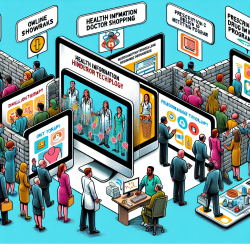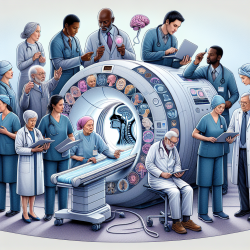Introduction
Childhood obesity is a growing concern worldwide, with significant implications for health systems due to its association with various comorbidities. As practitioners, understanding and predicting obesity in children can help in crafting effective preventive measures. A recent review titled "Machine Learning Models to Predict Childhood and Adolescent Obesity: A Review" sheds light on how machine learning (ML) models can be pivotal in this regard.
The Power of Machine Learning in Predicting Obesity
Machine learning models have shown exceptional predictive power, especially in handling complex, nonlinear relationships between variables. They can manage high-dimensional data, which is typical in obesity studies, and utilize large datasets from Electronic Health Records (EHR). This capability allows for the development of highly accurate predictive models.
Comparing Machine Learning with Traditional Methods
Traditional statistical models, such as logistic regression, have been the cornerstone of obesity prediction. However, they often fall short in dealing with the complex etiology of obesity, particularly during childhood and adolescence. ML models, including Deep Learning variants, surpass these limitations by offering better predictive accuracy and the ability to incorporate a wide range of predictor variables.
Applications and Future Opportunities
- Predictive Power: ML models can identify high-risk individuals, allowing for targeted preventive measures. This personalized approach can lead to more effective interventions.
- Simulation Tools: These models can simulate various scenarios by adjusting predictor variables, providing insights into potential outcomes of different interventions.
- Novel Risk Factors: ML models can identify new risk factors that traditional models might overlook, offering fresh perspectives for research and intervention strategies.
Implementing Machine Learning in Practice
For practitioners, integrating ML models into practice involves understanding the data requirements and the interpretative nature of these models. Collaboration with data scientists can enhance the application of these models in real-world settings. Additionally, continuous updates and validation of models are crucial to maintain their accuracy and relevance.
Conclusion
Machine learning models offer a promising avenue for predicting childhood obesity, providing practitioners with data-driven insights that can significantly improve intervention strategies. As these models evolve, they hold the potential to revolutionize how we approach obesity prevention and management in children.
To read the original research paper, please follow this link: Machine Learning Models to Predict Childhood and Adolescent Obesity: A Review.










